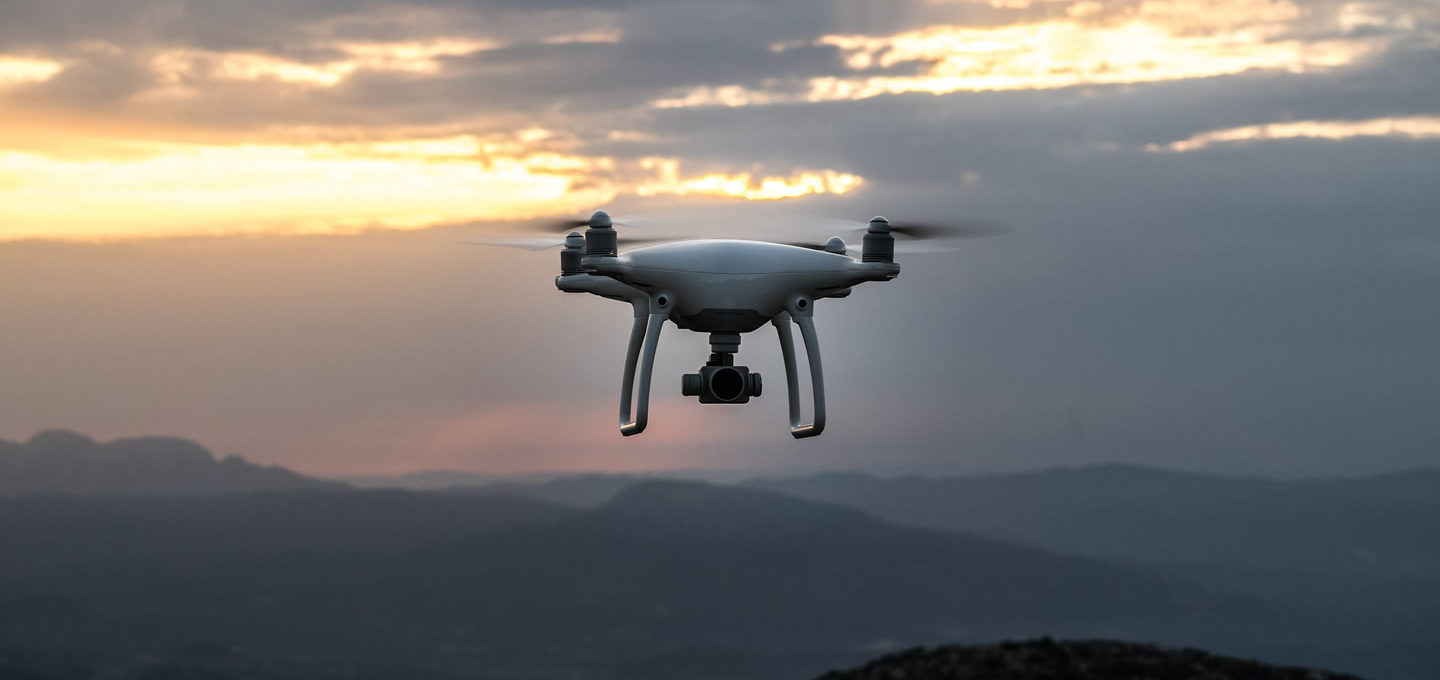Drones are equipped with an easy-to-use panorama view. The viewpoint delivers a wide aerial image of what sometimes could be explosive scenes. However, the view is manned by a force that is replaceable.
Thanks to police drones, law enforcement groups have long claimed they needed to fly drones in public places to avoid high-risk areas like protests and drug deals. Ideally, they want to make solid arrests using drone footage. Evidence of crimes in the case of demonstrators in recent protests came in handy as drone footage served as eye witness support.
Are surveillance drones helpful or Annoying?
Some police departments believe that overhead monitoring is less intrusive and can lead to less-lethal conflicts, whereas confrontations on the streets have more risks. But this logic misses the fact that drones mean big things to us even if we don’t agree on what those things are.
A study recently discovered that participants have a higher approval rating for the use of drones covering African-American communities. These results compare to when participants were shown to have an equally high approval rating for the flying buzzers over white neighborhoods. The use of aerial surveillance technology is worrying the critics. They feel it could prevent or stall the public from exercising their legal right to protest.
And, when they are over newsworthy events, police drones are an excellent method to “tag” the aerial region. While it is widely known that the police can legally restrict commercial drones from flying near “critical infrastructure”, there is an assumption that an errant operator can be more easily punished when they get caught near security and law enforcement equipment.
Why are they so popular now?
The U.S. has tight laws in place regarding civilian drone use. Before consumer drones became widely available in the early 2010s, these regulations prevented police from utilizing drones at all. A few exceptions were made, though (such as in Miami-Dade county in 2010).
The idea that police would employ drones worried civil liberties advocates, who feared that drone technology was gaining too much popularity among consumers and hence was likely to be deployed widely by law enforcement agencies. However, everyone is not so happy to use police drones. Still, some localities have taken steps to do so. Everything was different in 2016 when the Federal Aviation Administration released the “Part 107” rule that finally permitted non-hobby drone use in American skies.
After a record number of police departments acquired their drones in 2017, their use quickly increased. Over 1,500 state and local offices had obtained drones by March 2020. Those numbers include the public safety departments in the U.S., according to the data collected by academics at Bard College. Moreover, more than 70% of those organizations were law enforcement bodies. DJI, a Chinese drone-maker, makes the bulk of small-sized police drones in the consumer market.
A patchwork of drone regulations
While the Federal Aviation Administration (FAA) is in charge of regulating drones in the United States it has been reluctant to write regulations about privacy or aerial surveillance. Even in the absence of global rules governing drone privacy and law enforcement applications, local officials have handled the situation.
These disparate regulations and contradictions about how police employ drones have become an overly complex and confounding jumble of laws. The police and privacy advocates may disagree on certain points, but they may find common ground in the fact that police drones are not nearly regulated enough, and most U.S. states don’t have complete regulations on the books limiting their usage.
While the police worry that stricter drone rules will eliminate a chance to deploy their drones, civil libertarians say that’s exactly what is supposed to happen. In the lack of explicit limitations, the use of police drones will almost certainly be allowed to grow beyond its current bounds. Rules are necessary to explain and justify the use of drones in law enforcement.

